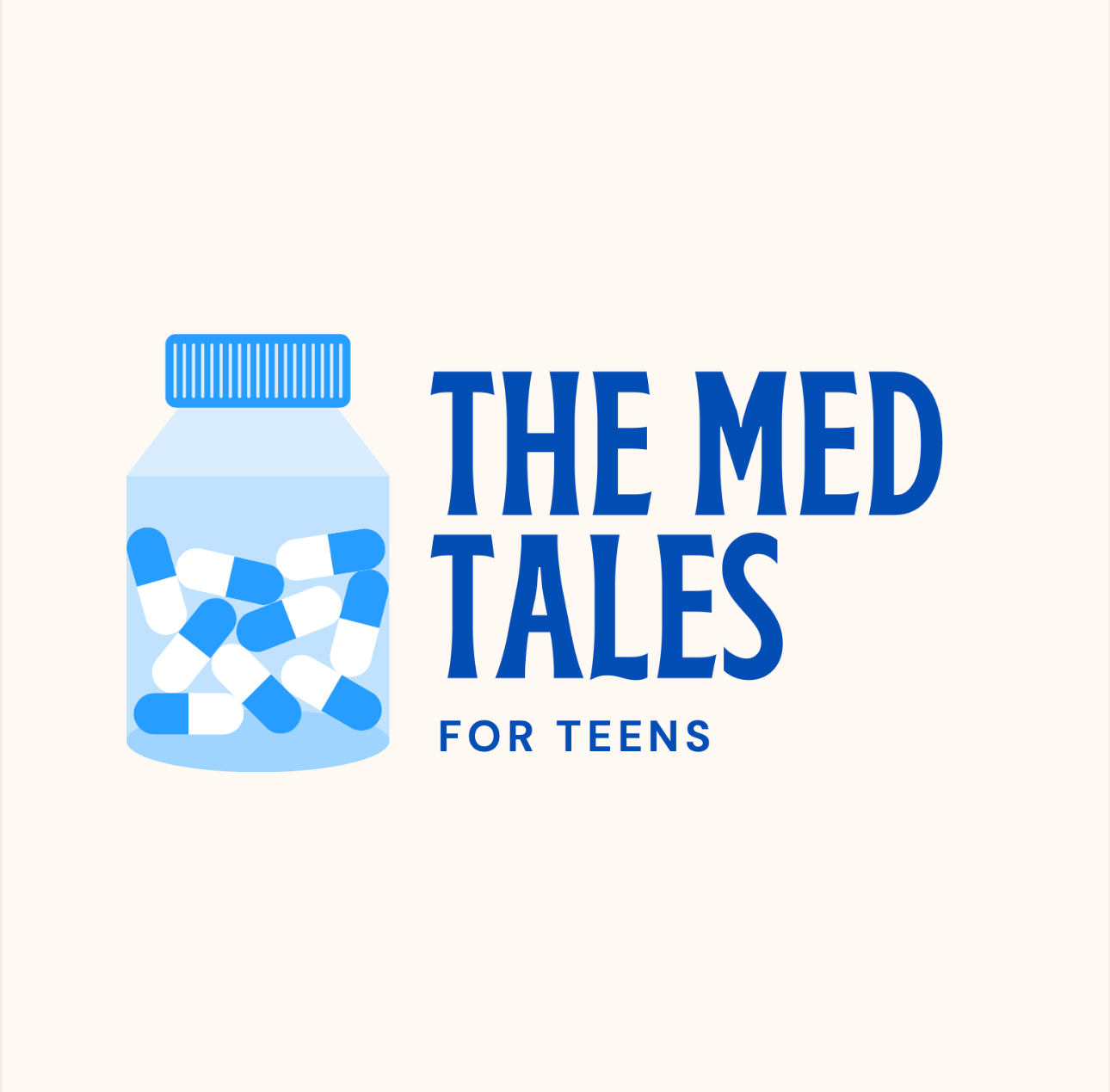What is E. Coli?
- Kaylyn Kim

- Oct 2
- 2 min read
You might hear E. Coli and think it’s some mysterious, fatal disease that you’ve never encountered before. In reality, E. Coli is a bit like celebrities: lots of people have strong opinions or misconceptions about it! Today, let’s break down what E. Coli really is, the risks associated with it, and steps you can take to prevent outbreaks.

What is E. Coli?
The full name of E. Coli is Escherichia coli. It’s a single-celled organism that lives in the colons of warm-blooded animals. In other words, it is a coliform bacterium.
👍 The Pros
Most strains of E. Coli are actually innocuous and even helpful in the gastrointestinal tract. In your gut, E. Coli plays a role in digesting food, assembling vitamins, and fighting off harmful toxins. It is also one of the few gut bacteria that can exist under oxygen. You can think of E. Coli as a superhero for your gut, absorbing up all of the oxygen so the rest of your microbiome environment can thrive!

Additionally, E. coli has been a “model organism” for scientists for decades. Knowledge about key information regarding DNA, including codons and gene expression, can be attributed to the experiments on the K-12 strain of E. Coli.
👎 The Cons
But E. Coli isn’t always your superhero.

Because E. Coli is also released in the feces of warm-blooded animals, it can reach water systems through leaky sewer pipes, poor septic systems, or runoff from manure and wildlife.
Some strains of E. Coli are pathogenic, meaning they cause illness. Yet, even non-pathogenic strains can cause trouble when consumed in contaminated food or water.
Potential consequences of an E. Coli infection include:
Pneumonia
Sepsis
Hemolytic uremic syndrome (HUS) - a dangerous condition where inflamed blood vessels lead to clots that can damage the kidney and other organs. Children and those with weak immune systems are especially vulnerable!
🦠 How does E. Coli Attack?
E. Coli releases toxins into intestinal cells, telling them to either stop absorbing water or release more water (which leads to diarrhea).
Symptoms usually appear 3-4 days after exposure and last about 5-7 days. Most people can recover with the right resources, but if the disease progresses, don't hesitate to get in touch with your local healthcare provider!
🩺 Precautions

The U.S. Centers for Disease Control and Prevention (CDC) recommends some simple habits that can prevent an E. Coli infection:
Wash your hands, utensils, and surfaces (especially before cooking or eating)
Separate raw and cooked food
Place perishable food in the refrigerator (within 2 hours)
Use a food thermometer to check that your meals are safely cooked
⭐️ I hope you learned something new about E. Coli, our gut health’s superhero and occasionally, our archnemesis!
References:
CDC Outbreaks: https://www.cdc.gov/ecoli/outbreaks/index.html
Health Canada: https://www.canada.ca/en/health-canada/programs/consultation-e-coli-drinking-water/document.html#a2-1
Image Credits:
Harpeth Conservancy: https://harpethconservancy.org/understanding-e-coli-what-it-is-and-why-it-matters/
Science Photo Gallery: https://sciencephotogallery.com/featured/2-e-coli-bacterial-culture-lewis-houghtonscience-photo-library.html
Marker Clark: https://www.foodpoisonjournal.com/food-poisoning-information/e-coli-o157h7-can-be-a-deadly-bug/
© 2025 Kaylyn K. | All rights reserved
Originally published at themedtales.com



Comments